What are the various uses of 3D Scanners?
In this Blog article, Reverse Engineering Service expert Mako GmbH explains the uses of 3D Scanners. 3D Scanning is basically the process of analyzing a real-world object or environment to collect data on its shape, surfaces and possibly its appearance.
What does a 3D Scanner do?
A 3D scanner generates 3D scans working like a video camera, meaning it takes shots of an object. A camera, however, makes two-dimensional stills, while the scanner captures the geometry of the object’s surface, and the shots it has made are worked into a 3D model rather than a video.
What is 3D scanning used for?
3D scanning is a technology used in cutting-edge workflows. Take the automotive industry. Want to check if a new valve will improve an engine’s performance? 3D Scan the valve to make a 3D model, modify it via reverse engineering, and place it into CAD software to see how the valve will perform inside the engine.
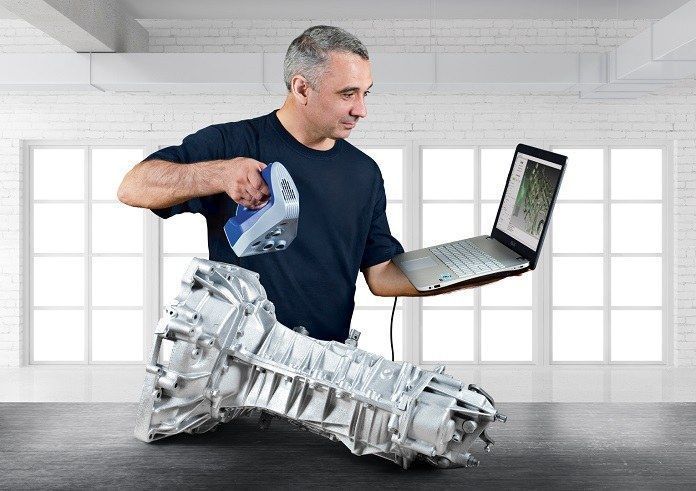
How do you use a 3D scanner?
3D scanners are used in a range of industries, from manufacturing to healthcare and VR. Retrofitting heavy machinery, performing quality control of mechanical parts, designing customized prosthetic devices, creating visual effects for movies, developing characters for video games – all such projects have high-precision 3D models of physical objects at their core.
Industrial Design & Engineering
Innovative 3D scanners are widely used in industrial design, engineering, and manufacturing, due to their ability to quickly and precisely capture the required data. Without these advanced 3D devices, measurements would have to be collected by outdated manual methods, which can be too costly and time-consuming. Useful during each stage of product design, testing, development, launch, and aftercare, powerful 3D scanning solutions significantly accelerate the workflow, help avoid costly mistakes, and enhance productivity.
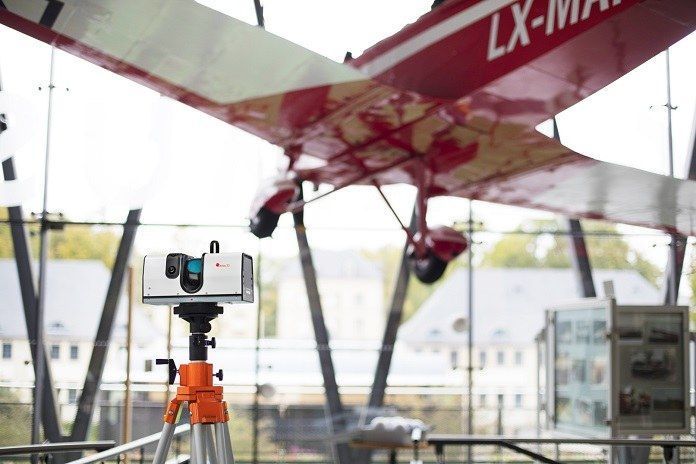
Medical Industry
The healthcare industry has greatly benefited from integrating 3D scanning into its numerous procedures. Used for research, patient care, and creating personalized medical solutions, it has brought remarkable changes to the field. Speed, precision, and most importantly, the safety of various stationary and portable 3D scanners, have allowed medical professionals from all over the world to implement and make the most of these pioneering technologies, significantly improving existing processes while creating new ones.
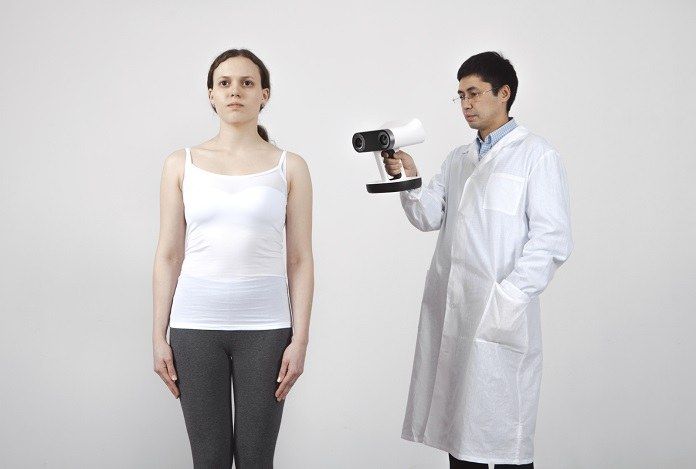
Forensics
Advanced 3D scanning technologies are becoming increasingly popular in forensics as well, due to their portability, flexibility, and accuracy. And professional 3D scanning solutions are now being used around the world by police forces, multiple insurance companies, and even during court hearings for presenting evidence!
3D scanning in forensics is all about portability, flexibility and accuracy. For example, a portable 3D scanner with high accuracy and the ability to scan both indoors and outdoors, even in direct sunlight, makes the job of collecting forensic data easier than ever before.
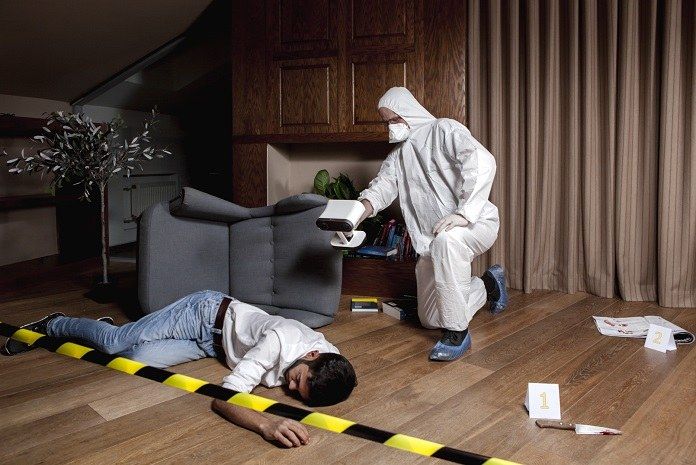
Archeology and Heritage Preservation
Other fields that have implemented 3D scanning technologies into their many workflows include archeology and heritage preservation. Applications of 3D scanning in archeology and heritage preservation are truly countless. The latest 3D technologies are now more than ever before bringing history back to life and making it easily accessible to people around the world by creating highly accurate digital replicas of various artifacts. From recreating items from a tiny shard found during an excavation to creating online museums featuring hundreds of exhibits, 3D scanning technologies are radically changing the way we preserve, exhibit, and learn about archaeology and heritage preservation.

Art & Design
VR game developers, Hollywood SFX artists and talented art designers are just a few of the professionals who are implementing versatile 3D scanning technologies into their workflows to inject some magic into the world of art and design.
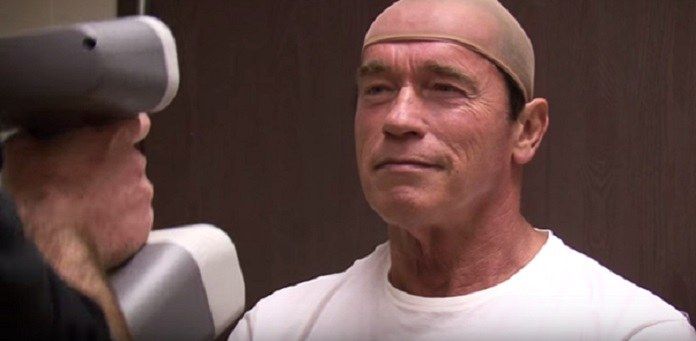
The choice of the best scanners to use for art and design depends on what or who needs to be captured and for what purposes. For example, if you are thinking about capturing a person to create a life-like avatar for games or VR projects, it’s better to focus on 3D solutions that are safe, easy to use, and capture data fast. A portable solution that gives you an accurate full-body scan will be your best bet.
For small items, or objects with intricate details, such as interior decor pieces or jewelry, choose a highly accurate 3D scanner that can create 3D models with vibrant colors and unparalleled precision and that isn’t afraid of hard-to-scan surfaces!
If you want to explore more about 3D Scanners, 3D Scanning and Reverse Engineering, check out our Blog Posts here or contact us here to get in touch with a Reverse Engineering expert!

